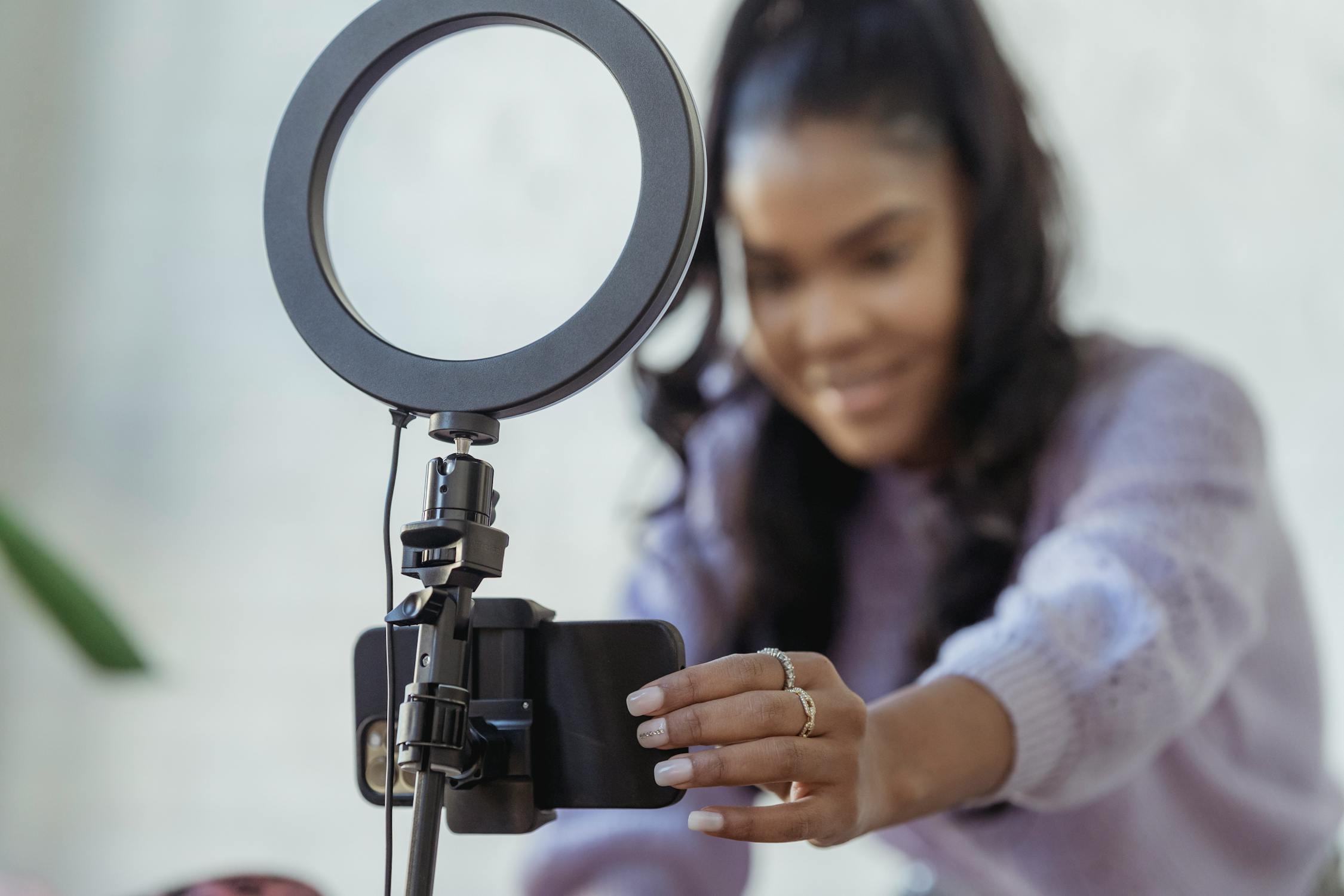Understanding the Different Types of Brand Collaborations
In the ever-evolving landscape of digital marketing, brand collaborations have emerged as a powerful strategy for both brands and influencers. By leveraging the widespread reach and influence of content creators, brands can effectively promote their products and services. Meanwhile, influencers can gain more opportunities for growth and revenue. This article aims to provide a comprehensive understanding of the different types of brand collaborations, essential for anyone looking to make a mark in the digital space.
What Are Brand Collaborations?
Before diving into the various types, it's important to understand what brand collaborations are. In simple terms, brand collaborations involve a partnership between a brand and an influencer or content creator. These collaborations can take multiple forms, from simple product exchanges to full-scale marketing campaigns. The end goal is usually mutual benefit: the brand increases its visibility and sales, while the influencer gains exposure and compensation.
Types of Brand Collaborations
Understanding the different types of brand deals is crucial for both brands and influencers to make the most out of their partnerships. Below, we break down the various types of collaborations and how they function:
1. Sponsored Content
One of the most common forms of influencer partnerships is sponsored content. This involves the brand paying the influencer to create content that promotes their product or service. The content can be in the form of blog posts, Instagram pictures, YouTube videos, or other types of social media content. Sponsored content often includes a clear call-to-action (CTA), urging followers to check out the brand.
Benefits:
- Direct compensation for influencers.
- High brand visibility.
2. Product Reviews
Product reviews are another popular type of brand deal. In this arrangement, the brand sends their product to the influencer for free, and in return, the influencer reviews the product on their platform. The authenticity of reviews can significantly impact a brand's reputation, making this a win-win for both parties.
Benefits:
- Authentic content.
- Trust-building among followers.
3. Giveaways
Giveaways are an effective way for brands to generate buzz and engage with a larger audience. In a giveaway, the brand provides a product or service to be given away for free through the influencer's platform. Followers usually have to follow certain steps (like following the brand and influencer, tagging friends, etc.) to enter.
Benefits:
- Increased brand engagement.
- Rapid follower growth for both brand and influencer.
4. Affiliate Marketing
Affiliate marketing involves the influencer promoting the brand’s product and earning a commission for every sale made through their unique affiliate link. This type of collaboration benefits both the brand and the influencer financially and is a long-term partnership rather than a one-off deal.
Benefits:
- Continuous revenue stream for influencers.
- Measurable sales impact for brands.
5. Event Collaborations
Event collaborations involve influencers attending or hosting brand-related events like product launches, fashion shows, or store openings. By posting about these events on their social media channels, influencers help the brand gain more visibility.
Benefits:
- Real-time audience engagement.
- Adds a personal touch to brand promotions.
6. Social Media Takeovers
In a social media takeover, the influencer takes over the brand’s social media accounts for a specified period. During this takeover, the influencer engages with the brand's followers, posts content, and often offers a behind-the-scenes look at their life or the brand's products.
Benefits:
- Fresh and engaging content.
- Attracts the influencer’s followers to the brand’s page.
7. Long-Term Partnerships
Long-term collaborations can be the most lucrative and impactful of all influencer partnerships. Brands and influencers enter into a continuous relationship, working together on multiple campaigns over an extended period. This type of partnership can significantly benefit both parties in terms of trust, loyalty, and consistent revenue.
Benefits:
- Strong, trusting relationship.
- Consistent promotion and growth.
Why Choose the Right Type of Collaboration?
Selecting the right type of brand deal is crucial for maximizing the benefits for both the brand and the influencer. Here are some factors to consider when choosing a collaboration type:
Audience Alignment
The partnership should align well with the influencer’s audience. For instance, a beauty brand collaborating with a tech influencer might not yield the desired results.
Objective Clarity
Both parties should be clear about the objectives of the collaboration—whether it’s brand awareness, sales, or follower growth.
Authenticity
The content should feel genuine and not overly promotional. Authenticity helps in building trust among followers.
Budget and Compensation
It's essential to negotiate terms that are fair to both parties. While influencers should be compensated adequately, brands should also get value for their investment.
Conclusion
Understanding the different types of brand collaborations is essential for anyone involved in the world of influencer marketing. Each type of collaboration offers unique benefits and opportunities, helping brands and influencers achieve their respective goals. By choosing the right type of collaboration and executing it thoughtfully, both parties can experience significant growth and success.
By leveraging the power of influencer partnerships, brands can reach new heights in their marketing efforts, while influencers can enjoy increased visibility and financial rewards. Navigating this landscape requires careful planning, clear objectives, and a focus on authenticity. So, whether you're a brand or an aspiring content creator, these insights can set you on the path to successful collaborations.
Feel free to reach out to Rodeo for assistance in securing the right brand deals and crafting the perfect media kit for your influencer journey.

